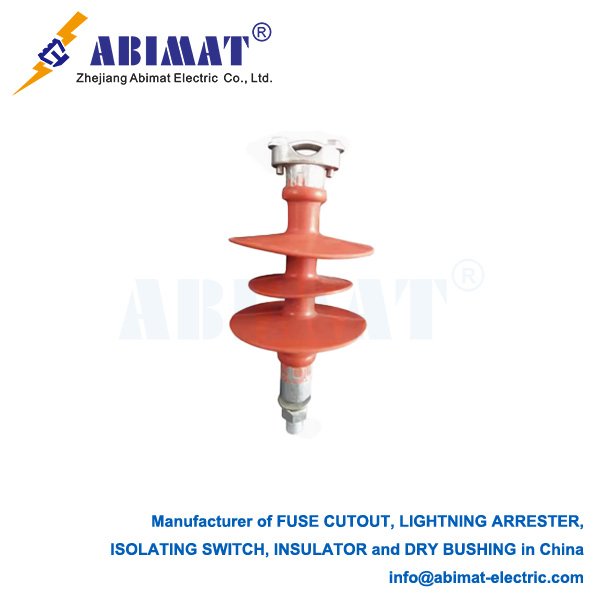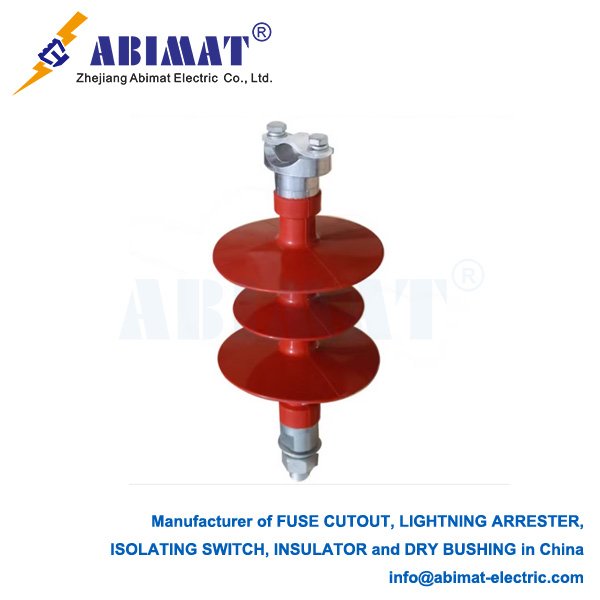Composite Suspension Insulators: Technical Validation and Performance
Structural Verification
Abimat composite suspension insulators have three key parts. The fiberglass-reinforced epoxy core rod is one of them. It has a tensile strength of at least 1200 MPa, following IEC 61109:2008 Table 3.
Then there’s the HTV silicone rubber housing. It has a water-repellent quality rated HC1 or HC2 (per IEC/TS 62073) and can resist tracking up to 15 kV/mm.
The third part is the forged steel end fittings. They are zinc-coated as per ISO 1461. They get crimped with 1,200 MPa hydraulic pressure, meeting SEFAG acceptance rules.

Performance Validation
Electrical tests go by IEC 61109:2008. For 138 kV class insulators, they handle 70 kV AC for 1 minute when dry. In wet conditions—with rain at 3 mm/min—they stand up to 50 kV AC (as per Clause 9.2). They also take ±550 kV lightning impulses (1.2/50 μs) for 10 shots.
Mechanical tests include a tensile load: they hold 100% of the specified mechanical load (SML) for 96 hours without breaking. The cantilever test checks 30% SML at a 45° angle, following ANSI C29.12 §5.3.
For environmental durability, they go through 5,000 hours of QUVA UV testing (per ASTM G154) and keep their water-repellent quality. They also handle a 20 kΩ·cm saline layer in the IEC 60507 pollution test.
Field Performance Data
When it comes to resisting dirt, Taiwan Power Company reported in 2023 that Abimat 230 kV insulators in coastal areas need cleaning every 18 months. Porcelain ones need it every 6 months.
For mechanical reliability, HydroQuébec noted in 2022 that none of the 15,000 installed units had core rod fractures after 5 years of ice-load cycling.
Failure rates are lower too. CIGRE TB 481 says they fail 0.015 times per 100 km per year, while ceramic insulators fail 0.043 times.
Operational Guidelines
For installation, 69 kV fittings need torque control of 350 N·m ±10%, as ABB’s Installation Manual says. Axial misalignment should not go over 3°, according to EPRI Report 1022762.
For maintenance, use infrared inspection. A temperature difference (ΔT) over 5°C between sheds means the insulator is breaking down. Check water-repellent quality too—after 10 years of use, it should stay at STRI Class HC2 or better.
End-of-Life Criteria
An insulator should be replaced if any of these things happen. The core rod might be exposed over 10 mm². The shed hardness could increase more than 15 IRHD. Or the equivalent salt deposit density (ESDD) might go over 0.25 mg/cm² while the water-repellent quality is lost.
Conclusion
Following international standards—like IEC 61952—means these insulators go through strict checks. These include mechanical tests, environmental tests, material tests, and long-term aging checks.


